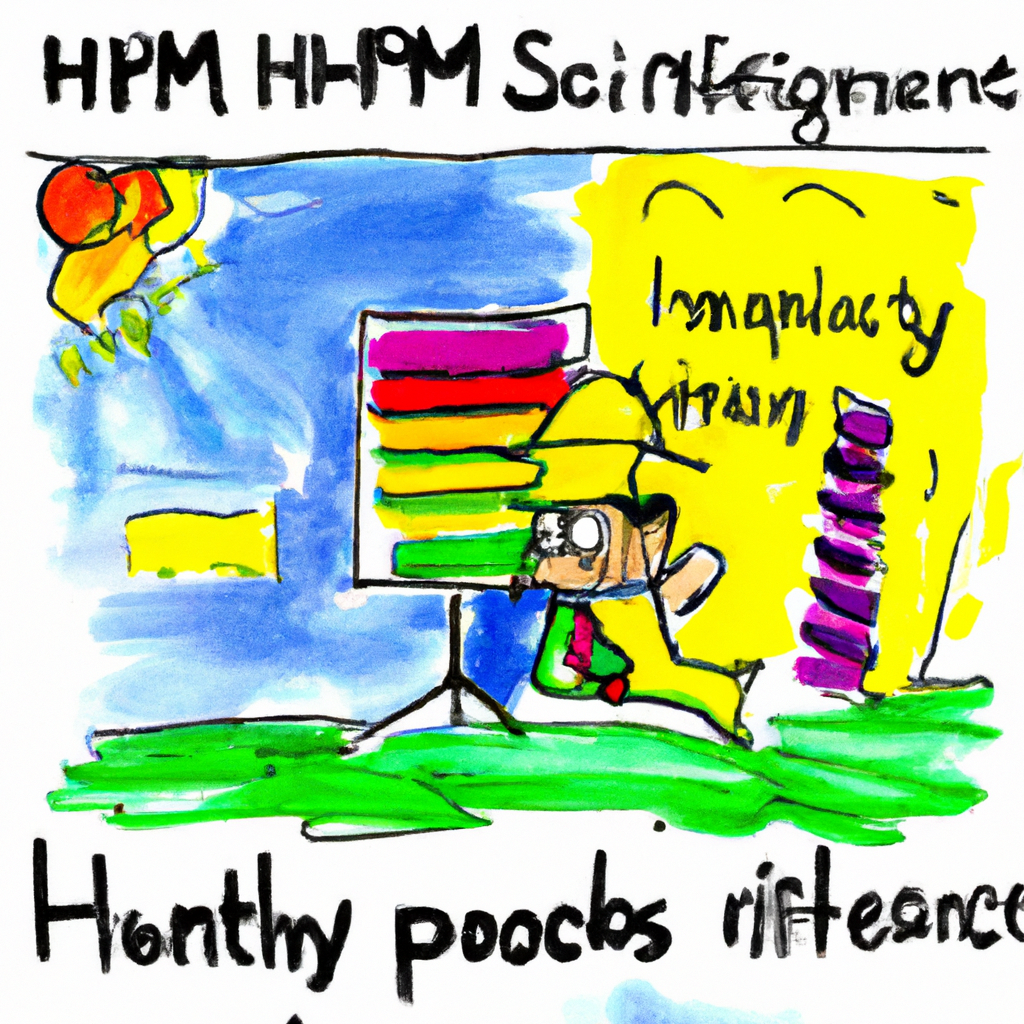The role of Human-Machine Interface (HMI) has become increasingly significant. High Performance HMI, a contemporary approach to HMI design, has emerged as a game-changer, significantly enhancing operational efficiency. This blog post aims to shed light on the impact of High Performance HMI on operational efficiency.
High Performance HMI refers to the application of best practices and principles in HMI design to improve the operator’s understanding of the process, thereby enhancing their ability to respond to abnormal situations effectively. It is a user-centric approach that focuses on presenting information in a manner that is easy to understand, interpret, and act upon.
Improved Situational Awareness
The first way High Performance HMI impacts operational efficiency is through improved situational awareness. By presenting data in a more intuitive and meaningful way, operators can better understand the current state of the process and predict future conditions. This enhanced understanding allows for quicker, more informed decision-making, reducing the likelihood of errors and the potential for equipment damage or downtime.
Reducing Operator Fatique
High Performance HMI reduces operator fatigue. Traditional HMI designs often bombard operators with excessive, non-essential information, leading to information overload. High Performance HMI, on the other hand, prioritizes simplicity and clarity. By presenting only the most relevant information and minimizing visual noise, it reduces cognitive load, thereby reducing operator fatigue and improving their overall performance.
Increased Productivity
Another significant impact of High Performance HMI is increased productivity. With a well-designed HMI, operators can monitor and control processes more efficiently. They can quickly identify and address issues, minimizing downtime and maximizing productivity. Furthermore, High Performance HMI often incorporates features that automate routine tasks, freeing up operators to focus on more complex issues.
Safer Operations
High Performance HMI also promotes safer operations. By providing clear, concise, and real-time information about the process, it enables operators to detect and respond to potential safety issues promptly. Moreover, it often includes safety features such as alarms and alerts, further enhancing operational safety.
Cost Savings
Lastly, High Performance HMI can lead to cost savings. By improving operational efficiency, reducing downtime, and minimizing errors, it can significantly reduce operational costs. Moreover, by extending equipment life through better management and reducing the likelihood of safety incidents, it can also lead to savings in maintenance and safety-related costs.
HP-HMI can play a crucial role in enhancing operational efficiency. By improving situational awareness, reducing operator fatigue, increasing productivity, promoting safer operations, and leading to cost savings, it provides substantial benefits for industrial operations. As industries continue to evolve and the demand for efficiency and productivity increases, the importance of High Performance HMI is set to grow even further. Therefore, investing in High Performance HMI is not just a smart move, but a necessary one for businesses aiming to stay competitive in the modern industrial landscape.

